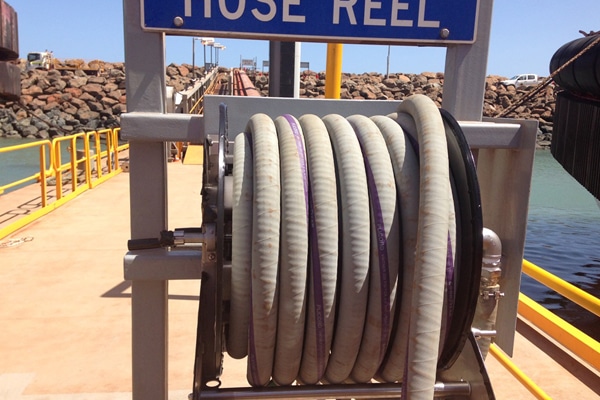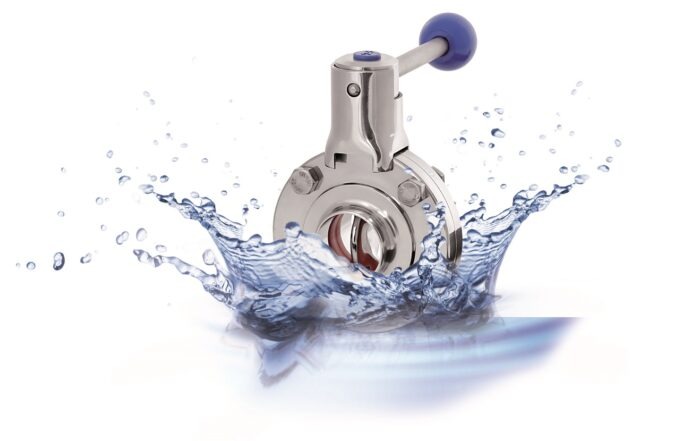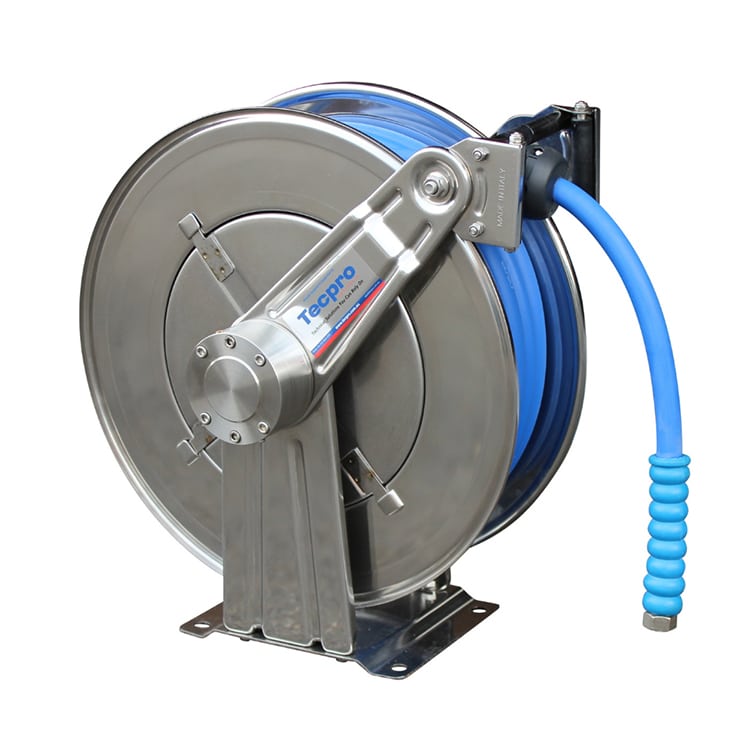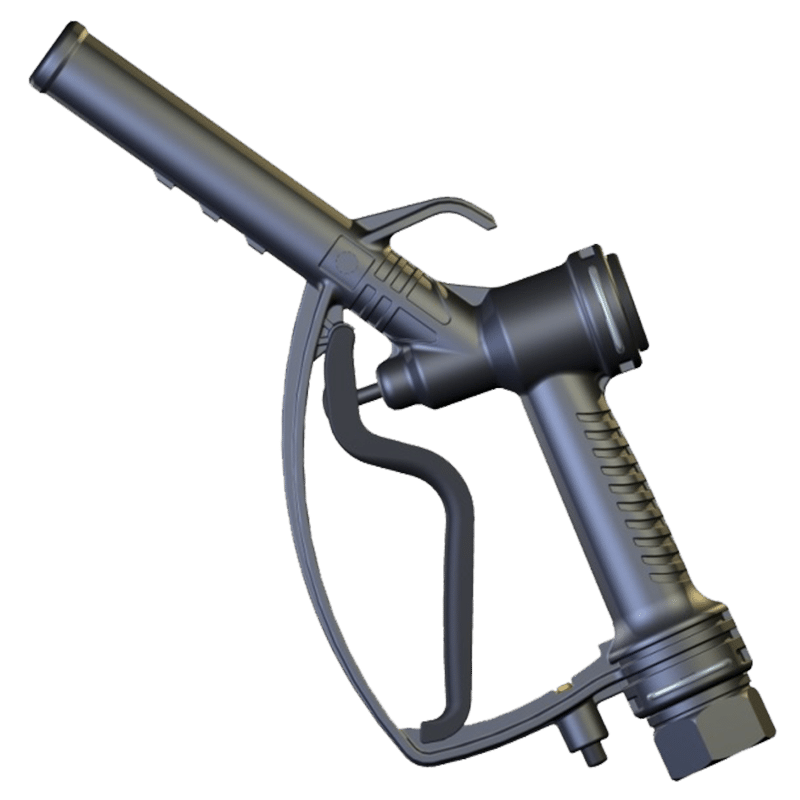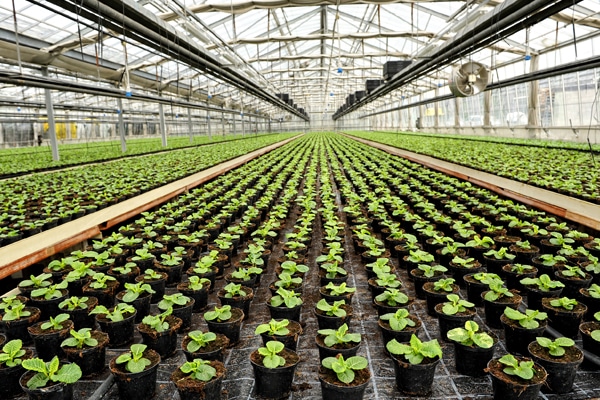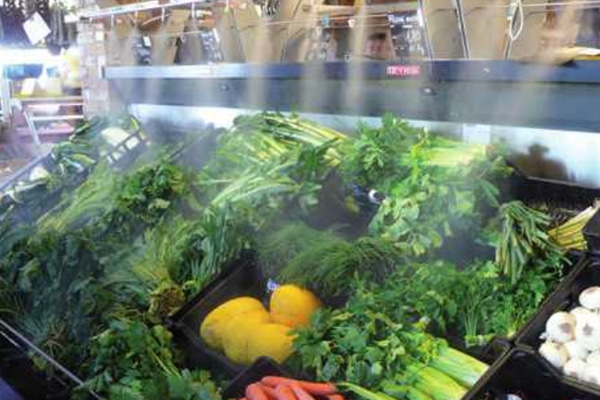Liquid Transfer / Product Transfer
Liquid transfer involves the movement of liquids from one location to another, whether within a facility, between facilities or during various industrial processes. This process is prevalent in numerous industries, including manufacturing, chemical processing, food and beverage, pharmaceuticals, and more. Transfer can occur through various methods, each chosen based on factors such as the type of liquid, distance of transfer, safety considerations, and efficiency requirements.
1. Methods of Liquid Transfer:
- Pumping:
- Centrifugal Pumps: Commonly used for transferring liquids in various industries, these pumps use centrifugal force to move the liquid.
- Positive Displacement Pumps: These pumps trap and transfer a fixed amount of liquid with each cycle, providing precise control. Examples include diaphragm pumps and gear pumps.
- Gravity Flow:
- Transfer can occur through gravity flow when there is a natural slope or difference in elevation between the source and destination. This method is commonly used in pipelines for transporting liquids.
- Siphoning:
- Siphoning relies on the principle of atmospheric pressure to move liquids. It is a simple method often used for small-scale.
- Conveyors:
- Conveyor systems are used in industries like bottling and packaging to transfer liquids in containers from one point to another.
- Hose reels and Flexible Tubing:
- Flexible hoses on hose reels or tubing made from materials compatible with the liquid being transferred are used for manual or small-scale transfer.
- Pipelines:
- Industrial facilities, refineries, and chemical plants often use pipelines for large-scale transfer over considerable distances.
2. Considerations:
- Type of Liquid:
- The nature of the liquid being transferred, such as its viscosity, corrosiveness, and chemical properties, influences the choice of transfer method and materials used in the transfer system.
- Distance and Flow Rate:
- The distance over which the liquid needs to be transferred and the required flow rate play a crucial role in selecting the appropriate transfer method and equipment.
- Safety Requirements:
- Safety considerations, including the potential for leaks, spills, and exposure to hazardous materials, influence the choice of transfer methods and the design of the transfer system.
- Temperature Considerations:
- Some liquids may require special considerations due to their temperature. For instance, high-temperature liquids may need to be transferred using equipment designed for heat resistance.
- Environmental Impact:
- Environmental considerations, such as the risk of spills and the impact on ecosystems, guide decisions on transfer methods and systems.
- Regulatory Compliance:
- Compliance with local, national, and international regulations governing the handling and transfer of specific liquids is essential.
3. Applications:
- Chemical Processing:
- Transferring chemicals within a manufacturing or processing facility.
- Oil and Gas Industry:
- Moving liquids such as crude oil, refined products, and various chemicals in the oil and gas sector.
- Food and Beverage Production:
- Transferring liquids in the production of beverages, sauces, and other food products.
- Pharmaceutical Manufacturing:
- Transferring liquids in pharmaceutical production, including the handling of raw materials and finished products.
- Water and Wastewater Treatment:
- Moving liquids in water treatment processes and the transfer of treated water or wastewater.
- Mining and Minerals Processing:
- Transferring liquids in mining operations, including the extraction and processing of minerals.
Liquid transfer is a fundamental aspect of various industrial processes, and the selection of the appropriate method and equipment depends on the specific requirements and characteristics of the liquids involved. Proper design, equipment selection, and adherence to safety and environmental regulations are essential for efficient and responsible processing.
Founded in 1982, Tecpro Australia has developed an enviable reputation for providing reliable and cost-effective technical solutions for a vast range of industrial applications.
* Hose Guns & Foaming Units
* Hose Reels
Our customers benefit from the following:
• Access to a broad range of quality solutions and technical advice
• Local sales support and customer service with a focus on integrity and honesty
• Over 30 years’ experience of providing expertise and solutions
• Quality European manufactured products.

